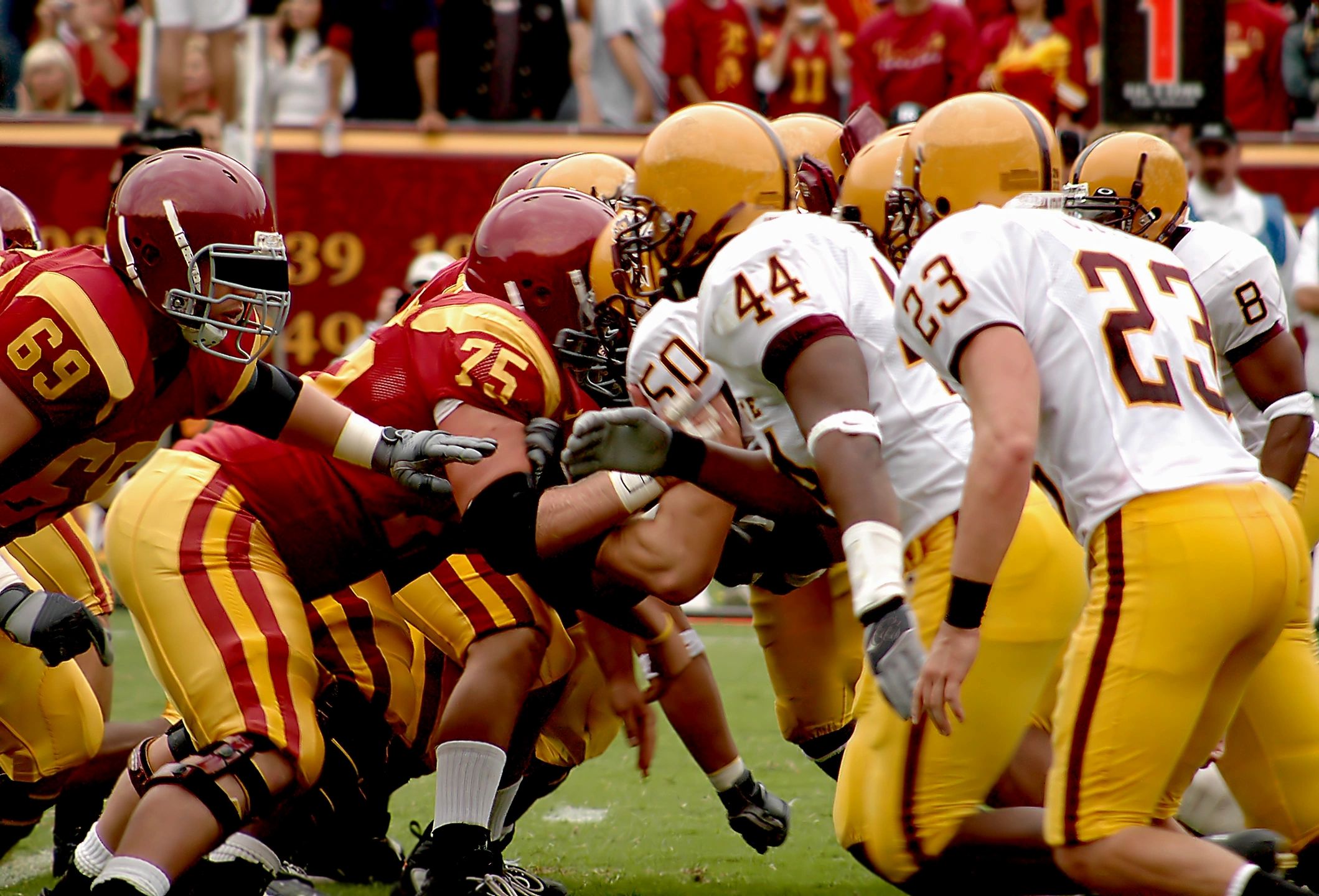The “concussion lawsuit” is picking up steam, but don’t be fooled by the cutesy name. There’s been a massive lawsuit filed against the NFL by former players who experienced the brain degeneration of CTE. Over 5,000 former NFL players and their family members are at the heart of the suit, which is pending in Philadelphia. According to one of the founding attorneys of the Brain Injury Research Institute, it doesn’t matter if it’s called permanent brain damage or CTE–the heartbreaking results are the same.
Some critics say that concussions that don’t lead to injuries shouldn’t be considered. However, what’s the grace period? Some concussions can take a long time to lead to permanent brain damage, or it might not be noticeable right away. Injuries likechronic traumatic encephalopathy (CTE) can have far-reaching impacts.
Should Have Known Better
The defendants say that, basically, NFL players should know better. They point to the numerous research studies, brain imaging tests and other evidence that when people are repeatedly hit in the head, they can receive brain injuries that can cause a host of problems. Dementia, depression, Alzheimer’s loss of memory, insomnia, changes in personality and mood swings are just a few of the possibilities associated with CTE. CTE has also been a factor in many suicides involving NFL players like Junior Sea, Ray Easterlins and David Duerson.
Surprisingly, two of the NFL suicide victims left specific notes asking that their brains be donated to CTE science. Many of the players will live for many more years with serious medical issues, all requiring ongoing care and expenses. At the moment, everyone is waiting for the Honorable Anita Brody to weigh in with her ruling. She’ll be making history in terms of NFL safety, head injuries and just what’s covered by the player’s association.
The Possibilities
If Judge Brody rejects the arguments, there are three possible routes the attorneys might take. The first question is just how much information the NFL had about brain injuries and how long they’ve had this knowledge. The second issue is whether or not players hid concussions in order to get back on the field. Finally, just how big should the monetary damages be in order to “make up” for the risks these athletes take?
The amount of money will be influenced by CTE research and whether or not the protein deposits connected with CTE have a direct link to head trauma. If that link is confirmed, millions of dollars will likely be awarded for lifelong medical care and related expenses. Experts are torn about the connection between CTE and head injuries, but some people wonder what other explanation there could be.
Brain Experts Weigh In
One Boston University pathologist says she’s certain CTE stems solely from head injuries. However, just because there’s no feasible alternative right now doesn’t mean it’s a sure thing. Another Harvard University professor has agreed there have been great advancements in the study, but more is needed to find a genuine answer. A different Harvard researcher was recently awarded $100 million in grant money from the NFL Players Association to take a closer look at brain damage.
Another big controversy is if the NFL was a part of fraud, considering the league should have known the risks and they were contributing to negligence. The big question here is whether the league knew for sure that CTE and head injuries are connected, in which case they’ll be guilty of fraud. There’s a lot of ground to cover, and it’s likely that it will take years to resolve this case. However, it might be financially best for both parties to settle outside of court, which might help speed things up.
The players originally built their case simply by putting two and two together: It might seem obvious that repeatedly getting hit in the head causes brain damage and/or CTE, but “knowing” something doesn’t make it a fact legally. However, the sheer number of victims added up to a solid case.Working with actual injury attorneys is the first step in any successful lawsuit.


